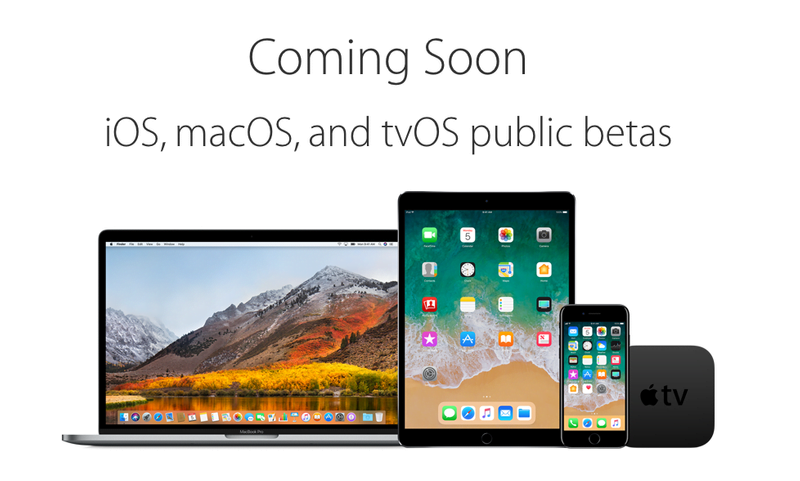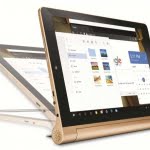
Apple took to the stage at WWDC 2017 and announced a flurry of updates both software and hardware related. Not only did we get our first glimpse at iOS 11, macOS High Sierra, watchOS 4 and tvOS 11, but we were treated to new hardware like a refreshed Mac lineup, a new iMac Pro and a Siri-powered speaker dubbed HomePod.
Apple announced at the event that iOS 11 would be available in beta form to developers right away, with the public beta not too far behind. Here, we show you how you can install iOS 11 right now. Before we go any further, we’d recommend backing up your iPhone or iPad in case anything goes wrong.
Contents
iOS 11 supported devices

Before we discuss the ways to install iOS 11 right now, we should first note the devices that support the update.
The iOS 11 beta is available for the following devices:
- iPhone 7
- iPhone 7 Plus
- iPhone 6s
- iPhone 6s Plus
- iPhone 6
- iPhone 6 Plus
- iPhone SE
- iPhone 5s
- iPad Pro 12.9-inch (first and second gen)
- iPad Pro 10.5-inch
- iPad Pro 9.7-inch
- iPad Air 2
- iPad Air
- iPad (2017)
- iPad mini 4
- iPad mini 3
- iPad mini 2
- iPod Touch 6th gen
The following devices are not supported on iOS 11: Original iPhone, iPhone 3G, iPhone 3GS, iPhone 4, iPhone 4S, iPhone 5, iPhone 5c, original iPod touch, iPod touch 2nd-gen, iPod touch 3rd-gen, iPod touch 4th-gen, iPod touch 5th-gen, original iPad. iPad 2, iPad 3 and iPad 4.
Install the iOS 11 developer preview

Right now, the only way that you can get the iOS 11 developer beta is, rather obviously, if you’re a registered Apple developer. This gives developers a chance to use the operating system before release later this year, and allows them to make sure that their apps run perfectly on Apple’s new OS.
Sadly, you can’t just pretend to be a developer to get access to the beta as you need to sign up to the iOS Developer Program, which costs £79/$99 per year.
To install the developer beta, simply sign in to the iOS Dev Center using the Apple ID you enrolled to the dev program with. Once logged in, register your iOS device’s UDID number (you can find out how to find your UDID here) and download the appropriate version of iOS 11 for your iOS device.
A zip file should be downloaded – unzip it. Next, open iTunes and plug your iOS device in. Then, hold Shift (or Alt on Mac) and click the Restore button on the device’s Summary tab. Browse for the .IPSW file you downloaded, and the iOS 11 beta should be installed on your device.
Install the iOS 11 public beta

While it’s not available right now, Apple announced at WWDC 2017 that the iOS 11 public beta would be made available to those interested by the end of June 2017. The public beta is for members of the public interested in trying out iOS 11 early, although it’ll probably include bugs, glitches and other issues and isn’t recommended for primary devices.
You can sign up to the public beta right now, although you’ll have to periodically check the site to see if the iOS 11 public beta is available. Once the update is available later this month, log in to the Beta Software Program, click Enroll your iOS device and follow the on-screen instructions.
You’ll have to go to beta.apple.com/profile on your iOS device to download and install a configuration profile. Once installed, head to Settings > General > Software Update and iOS 11 should be available to install.
[“Source-ndtv”]










